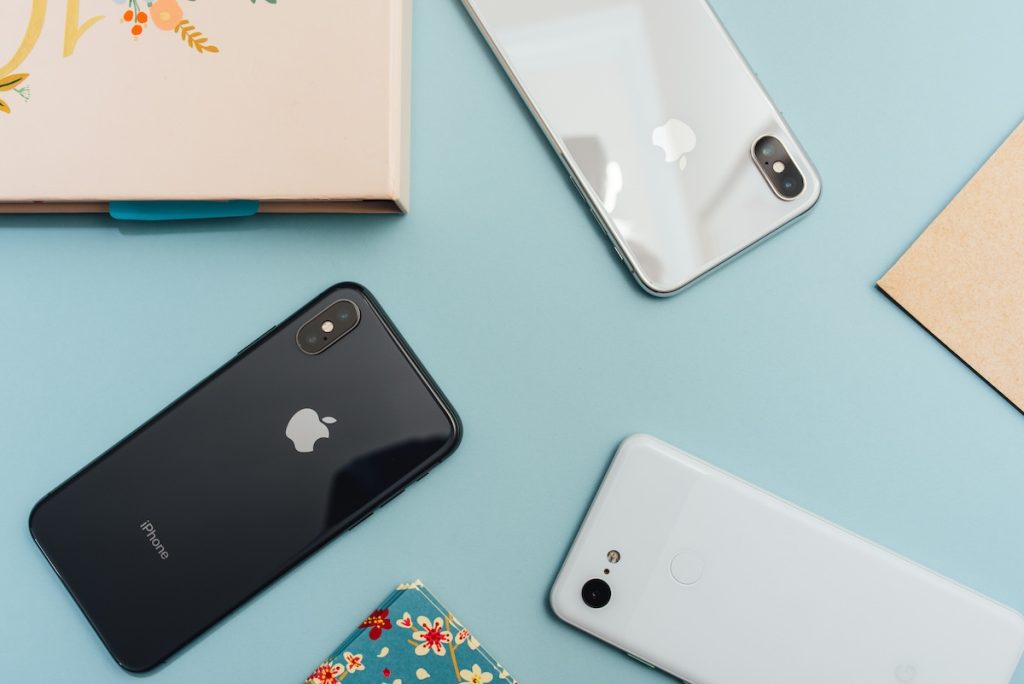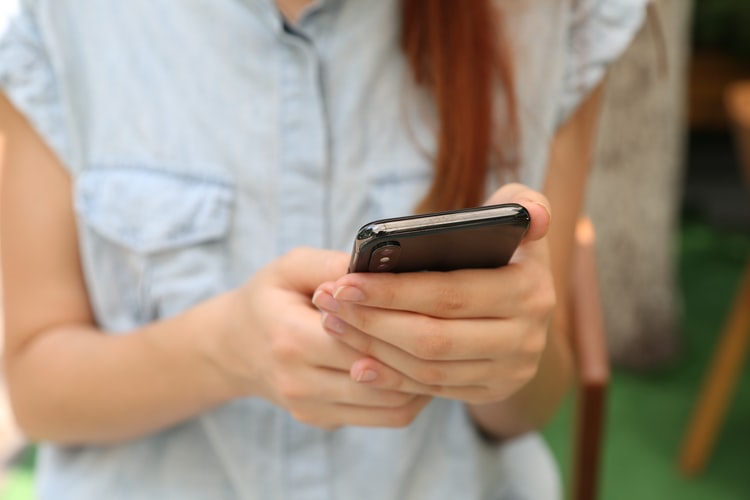Experiencing water intrusion in your iPhone’s charging port can trigger a wave of panic, especially given the critical role our smartphones play in our daily lives. The prospect of losing the ability to charge your device and stay connected is a valid concern that many face. The aim here is to arm you with knowledge and strategies not only to address the immediate problem of moisture in your charging port but also to equip you with preventive measures to safeguard against future mishaps. In essence, we’ll navigate through the process of expelling water from your iPhone’s charging port, enhancing your preparedness for such occurrences.
Dealing with a water-damaged iPhone, particularly when the charging port is compromised, demands swift and effective remedies to forestall extensive damage to internal components. This guide introduces a variety of proven techniques to eliminate moisture, including the utilization of soft cloths, vacuum cleaners, compressed air, desiccants like rice or silica gel packets, and isopropyl alcohol. Moreover, it underscores the significance of preventive actions, such as deploying waterproof encasements, maintaining a distance from aqueous environments, and the advantageous shift to wireless charging to circumvent similar predicaments in the future.
Table of Contents
Navigating Water Damage in iPhone Charging Ports: Understanding the Causes
Water damage to your iPhone’s charging port can be a subtle enemy, often creeping in unnoticed until it’s too late. Understanding the root causes of such damage is the first step in effectively preventing and addressing the issue. This section delves into the common scenarios leading to water exposure, setting the stage for a deeper exploration of preventative measures and solutions.
The Perils of Accidental Immersion and Spills: Preventing Immediate Damage
Our iPhones are frequently at the mercy of accidental immersions or spills, which can introduce moisture into the charging port, posing a risk of corrosion and subsequent damage to internal components. Immediate action, employing absorbent materials to tackle the exterior moisture, is crucial in mitigating the adverse effects of such accidents. For a comprehensive approach to cleaning iphone charging port after such incidents, ensuring no further damage is essential.
The Consequences of Dropping Your iPhone in Water: Minimizing Internal Impact
An accidental plunge of your iPhone into water is more than just a momentary panic—it threatens the intricate internal components with displacement, potentially leading to short circuits or corrosion. Such incidents necessitate immediate and proactive drying measures to mitigate any potential damage. It’s imperative to resist the temptation to turn on the device too soon, as this can exacerbate the problem. Allowing your iPhone ample time to dry thoroughly can help preserve its functionality and prevent long-term damage. This emphasizes the importance of understanding the right techniques for drying your device effectively, ensuring that moisture is completely removed from the charging port and other susceptible areas.
Corrosion and Rust: The Silent Adversaries: Identifying Long-Term Risks
Water exposure does more than just short-term harm—it can set the stage for corrosion and rust to undermine the charging port and internal circuitry of your iPhone. The presence of moisture can start a corrosive process that compromises the device’s connectivity and functionality over time. Recognizing the signs of water damage early and taking immediate steps to intervene can halt the progression of corrosion and prevent irreversible damage. Implementing preventive measures and conducting regular inspections for signs of moisture ingress are crucial strategies to maintain your iPhone’s health and ensure its longevity. This proactive approach to managing water damage can save you from future costly repairs or the need for a replacement.
Effective Strategies to Extract Water from Your iPhone Charging Port: A Step-by-Step instruction
When faced with water damage to your iPhone’s charging port, quick and effective action is paramount. The following strategies offer a detailed roadmap for safely removing moisture, ensuring the best chance for your device’s recovery. From immediate shutdown to employing various drying techniques, each step plays a crucial role in mitigating water damage. Let’s explore the initial and most critical measures to protect your iPhone in the wake of such incidents.
Immediate Power Down and Drying Techniques: The First Line of Defense
Immediately powering down your iPhone after it has been exposed to water is an essential step in preventing further damage. Electricity and water can create a hazardous mix, leading to short circuits that may permanently damage your device. After shutting off your phone, use a soft, dry cloth or cotton swab to gently dab and absorb any visible moisture from the surface, especially around the charging port area. This preventive action is crucial in halting the spread of moisture internally and serves as the initial safeguard for your device’s delicate components.
Utilizing Vacuum Cleaners or Compressed Air: Enhancing Moisture Removal
Once you’ve removed the surface moisture, the next step involves deeper extraction methods to remove moisture from the charging port. A vacuum cleaner with a small nozzle attachment or a can of compressed air can be particularly effective in this scenario. These tools can help dislodge and extract water droplets trapped deep within the port without the need for direct contact, which could potentially push the moisture further inside. It’s a delicate balance to maintain, as the goal is to remove the water without causing additional damage through excessive force or pressure.
The Role of Desiccants: Rice or Silica Gel Packets: A Traditional Approach
Desiccants such as uncooked rice or silica gel packets are well-known for their moisture-absorbing qualities. Placing your iPhone in a container filled with either of these materials can help draw out moisture from the charging port and other areas of the phone. While this method is more passive and may take longer than direct extraction techniques, it is a widely used home remedy that can be effective, especially if other resources are not immediately available. However, it’s worth noting that this approach should be part of a broader strategy, complementing rather than replacing direct moisture removal methods.
Isopropyl Alcohol: A Drying Agent: Securing a Complete Dry-Out
For a more thorough drying process, especially in cases where moisture has been present for an extended period, isopropyl alcohol can be a valuable tool. Applying a small amount of 90% or higher isopropyl alcohol on a cotton swab and gently cleaning around the charging port can help displace water while the alcohol itself quickly evaporates, reducing the risk of corrosion. This method is particularly effective for addressing the lingering moisture that other techniques might miss. Isopropyl alcohol’s rapid evaporation rate makes it an excellent choice for moisture removal, ensuring that no residue is left behind that could lead to corrosion or other long-term issues.
Proactive Measures to Mitigate Future Water Damage: Prevention and Protection
In the wake of addressing immediate water damage, it’s imperative to look forward and implement strategies that safeguard your iPhone against future incidents. Adopting proactive measures can significantly reduce the risk of water damage, ensuring your device remains functional and reliable. From selecting the right accessories to adjusting daily habits, there are several steps you can take to protect your iPhone from the elements. Let’s explore the essential tools and practices that can serve as your first line of defense against water damage.
The Shield of Waterproof Cases: An Essential Accessory
In the quest to safeguard your iPhone from the perils of water damage, adopting waterproof cases or covers stands out as a preemptive measure of paramount importance. These protective sheaths provide a robust barrier against moisture ingress, effectively sealing off vulnerabilities and ensuring the device’s internal components remain dry and functional. Whether caught in a sudden downpour or accidentally splashed, a waterproof case can be the difference between a near-miss and a costly repair, thereby preserving your iPhone’s integrity and prolonging its lifespan.
Diligence in Avoiding Water Hazards: Cultivating Safe Habits
While protective accessories play a critical role in water damage prevention, the importance of personal vigilance cannot be overstated. Cultivating safe habits and maintaining a constant awareness of your environment significantly contribute to minimizing the risk of accidental water exposure. This involves practical steps such as not using your iPhone near pools, sinks, or bathtubs, and being mindful of beverages and other liquid sources that could pose a threat. By integrating these precautions into daily routines, you can significantly reduce the likelihood of water-related accidents and ensure your device’s safety.
The Transition to Wireless Charging: A Modern Solution
The advent of wireless charging technology offers a dual advantage in the context of water damage prevention. By eliminating the need for physical connection between the charging cable and the iPhone’s port, wireless charging reduces the risk of moisture entry that could lead to corrosion or short-circuiting. Furthermore, this method minimizes wear and tear on the device’s connectivity components, preserving their integrity over time. In adopting wireless charging, you not only embrace a modern, convenient charging solution but also add an extra layer of protection against water damage, ensuring your iPhone remains charged and ready for use without compromising its safety.
In Conclusion: Ensuring Your iPhone’s Longevity
Addressing water ingress in your iPhone’s charging port is a manageable yet urgent task. Through prompt action and the adoption of effective drying techniques, alongside preventive measures like waterproof cases and wireless charging, you can significantly reduce the risk of water damage. This guide aims to empower iPhone users with the knowledge and tools necessary to protect their devices against the elements, ensuring their longevity and optimal performance.


